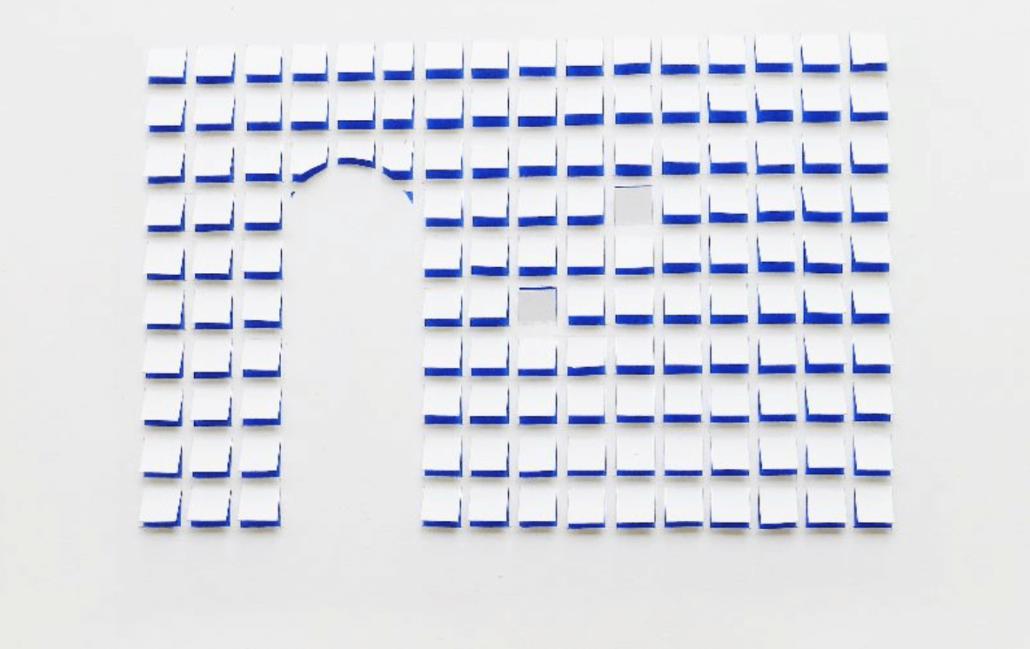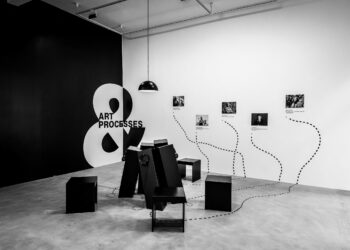Longinos Nagila is an artist who loves experimenting with different artistic languages and likes challenging himself by moving from the known to the lesser known, in a personal research that does not exclude the audience, but rather invites them to self-examination.

© Longinos Nagila
We could speak of both technical and intellectual experimentation: through the repetition of the act of cutting and the surprise of seeing images appearing from the layers of paper, the artist experiences a sort of estrangement, a mantra that prompts him to reflect on the multiple meanings of the concept of art itself, questioning the conventions and assumptions on which we base our aesthetic judgements.
Nagila describes his pieces as “assemblages”, a different way of making collages, a graphic adventure.
The aesthetic result, elegant and minimal, forces the audience’s eye to go beyond the two-dimensionality, through small windows, carefully raised, in order to bring light to the image, in the contrast of different colours.
The shape is presented to the audience’s eye, divided into segment through lines created by cuts in basic geometries, capable of triggering emotions and stimulating, conceptually, a process of reduction to the essential.
An intimate approach, a slow journey, a commitment to what is really important.
The public is forced to turn their gaze to have a better perspective of the image, and they do so between the layers of paper, which is in itself an artistic object. In the words of the artist: “paper has its own autonomy and all the assembled materials are themselves bearers of a particular meaning”.
The colour emerging from the background is not intended to always remain as backdrop. It is a colour without shades (static colour) that is not exploited for its dynamic-optical properties with flat saturated hues, without any expressionist sign but able to advance and retreat according to the perspective adopted by the observer.
The audience has a subjective experience of the pieces, suggests themself meanings and raise criticisms and questions.
Space plays a pivotal role: the works go beyond the sheet of paper to fit into a room, a rectangular parallelepiped that in turn provides additional information about the piece. The structure of a painting is profoundly influenced by the external conditions of exhibition and reception by the audience, that contextualise it in a dialogue between inside and outside, which is structural for the work itself.
The gallery, the public, the more or less random communities of people, all contribute to add meaning to the pieces on display, in the illusion that we can open that little window a little wider in a dynamic and aesthetic exchange.
Text by Beatrice Polato
The exhibition will be on view from the 27th of March until the 8th of May 2022. For more information, please visit redhillartgallery.com



